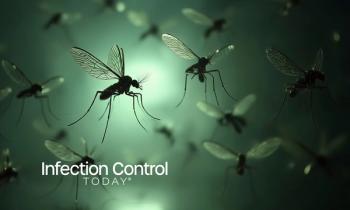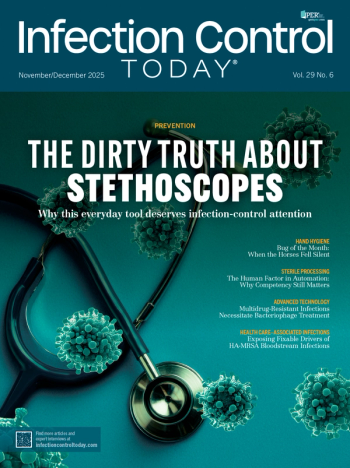
Combating Contagion, Confusion, and Public Mistrust: The Infection Preventionist’s Role in the Infodemic Era

Infection preventionists are at the forefront of the infodemic; the keynote session offered suggestions on how they can combat and mitigate misinformation.
On June 17, 2025, at the APIC25 conference in Phoenix, I attended the keynote session presented by Dr Erin Allmann Updyke and Dr. Erin Welsh, co-hosts of “This Podcast Will Kill You.”
Their main goal for starting this podcast, born out of the long and excruciating hours of lectures, research, and independent study in graduate school, was a shared frustration. They realized that misinformation and disinformation about health topics have been spread for centuries because of a phenomenon called “infodemic.”
According to the Merriam-Webster dictionary, infodemic is defined as “a combination of information and epidemic, and refers to the rapid spread of information—both accurate and inaccurate—in the age of the internet and social media. The term was coined in 2003.” When Updyke and Welsh started “This Podcast Will Kill You,” they aimed to help health professionals combat the infodemic by making scientific topics more accessible to diverse audiences through storytelling. This approach makes stories more relatable, easier to understand, and free of technical jargon.
Through intensive research, they discovered that they had bigger problems: the infodemic was a larger systemic issue than they had anticipated, and it had been embedded in our societies for a long time in an attempt to confuse, manipulate, instill fear, and, in some cases, financially benefit from the fear of the public.
As we all know, when we are afraid, we make the most irrational decisions, and sometimes to our own detriment. The COVID-19-related deaths at the height of the pandemic are a prime example of how the infodemic has caused confusion and fear among the public, leading to increased rates of vaccine hesitancy and resistance, and, in some cases, death.
As of today, we are still suffering the consequences of the COVID-19 infodemic. For example,
Updyke and Welsh state that the way we communicate health information and scientific facts contributes, in part, to the continued mistrust in science. They recommend that we make science more relatable (and interesting) by becoming effective science communicators. To achieve this, we must do the following:
- Use storytelling and engage those with firsthand experience
Describing what a disease is, what it feels like to have it, and how it feels to overcome it, thanks to effective treatments, all helps humanize science.
- Use active listening and show empathy
When we make eye contact, nod, and repeat what we hear from those who mistrust science, we validate their feelings and show that we care. They are then more likely to listen to us and trust what we say.
- Admit knowledge gaps
When we do not know the answer, we must be honest and admit what we do not know. We should then offer to do more research or share credible resources to help them find the correct answers. Pretending to know what we do not know makes us look inhuman, inauthentic, and reinforces mistrust.
- Stay informed
Lean into your curiosity. Do as much research as needed and compare credible sources to get the facts. Share only accurate information after fact-checking.
- Focus on your scope of influence
We cannot change systemic issues, but we can have an influence on a small scale and within our power. We must focus on what we can control and keep our focus away from what we cannot control, as this only causes distractions and contributes to frustration and increasing feelings of powerlessness.
- Focus on accuracy, not perfection
When accurate information is available, we must share it as quickly as possible. Spending time cleaning up and refining information to make it look or sound perfect only causes delays and makes our communication less effective. While we spend time perfecting our message, inaccurate information continues to be spread and shared widely.
When using these communication tips, infection preventionists can become effective science communicators by spreading accurate information faster, which in turn leads to positive patient care outcomes.
Newsletter
Stay prepared and protected with Infection Control Today's newsletter, delivering essential updates, best practices, and expert insights for infection preventionists.





